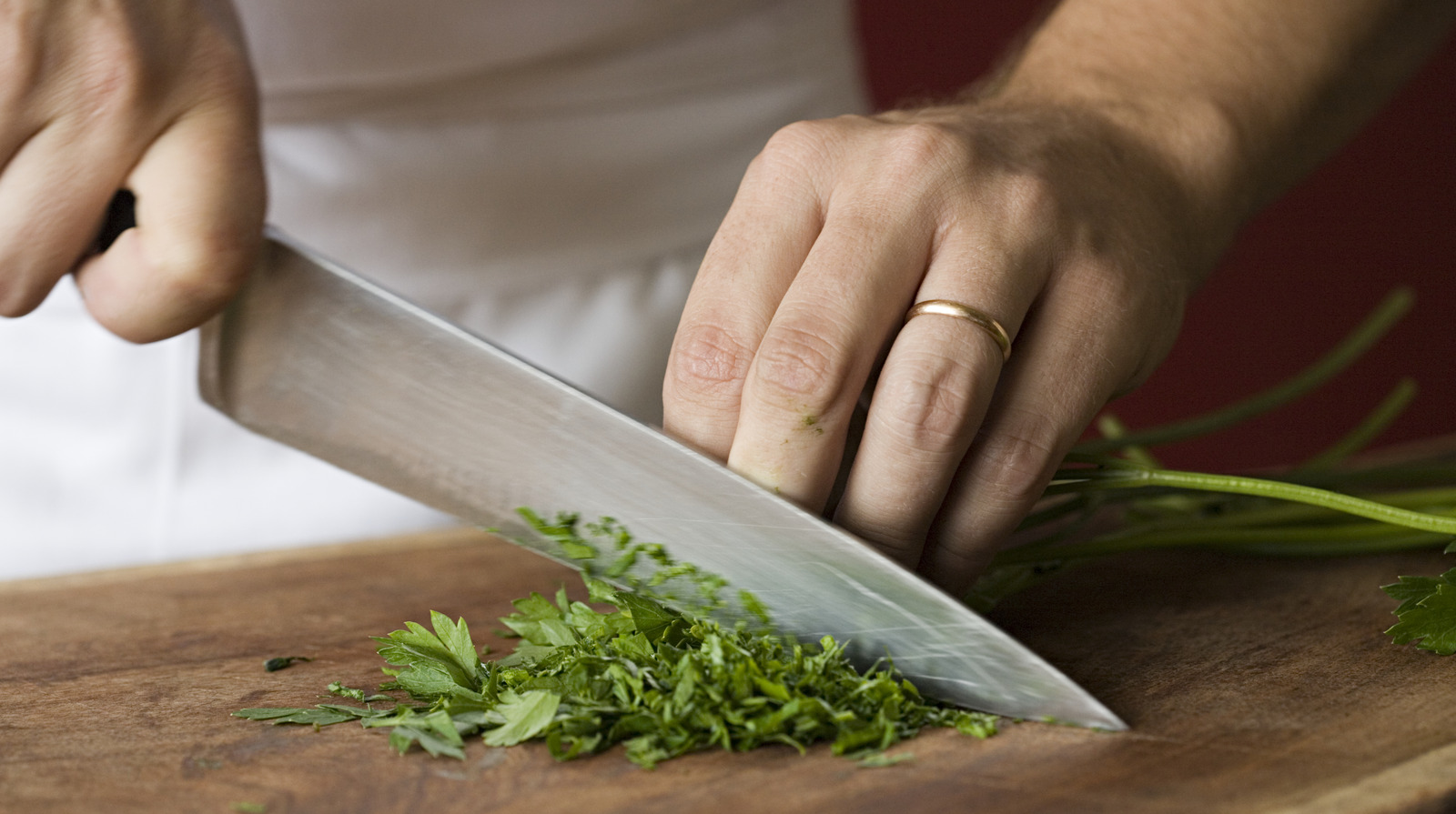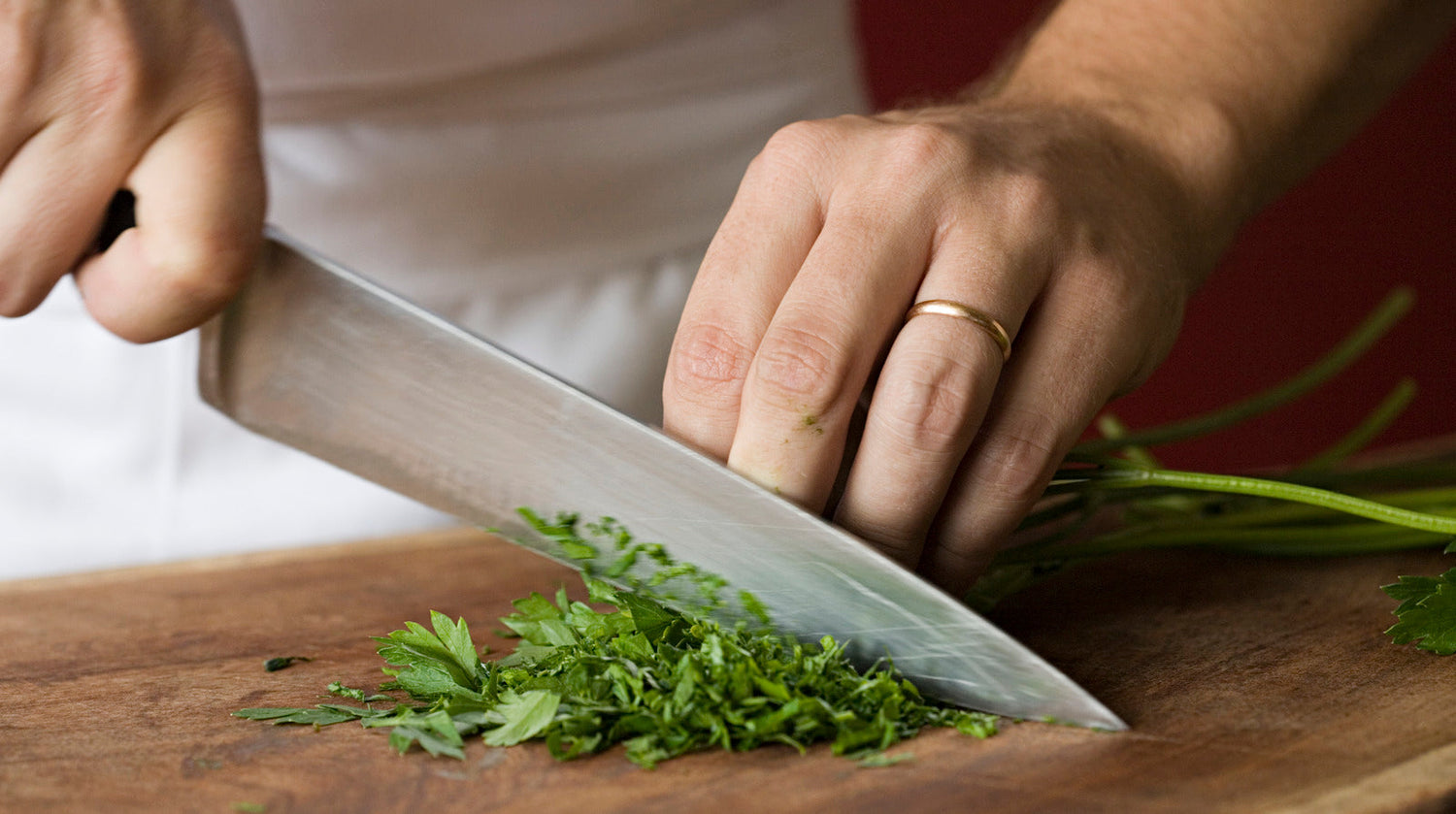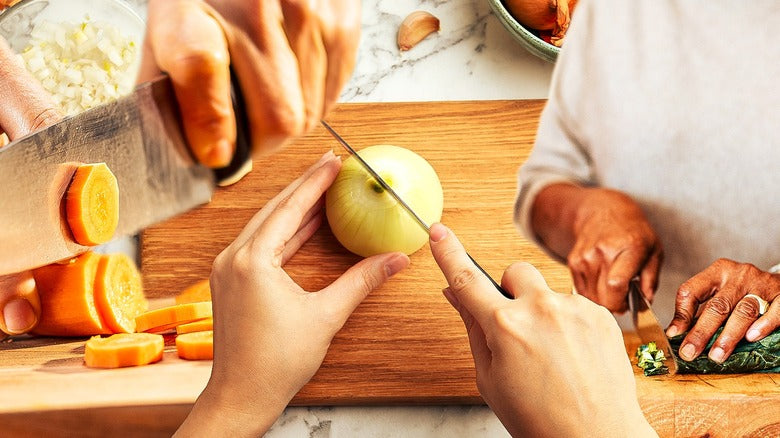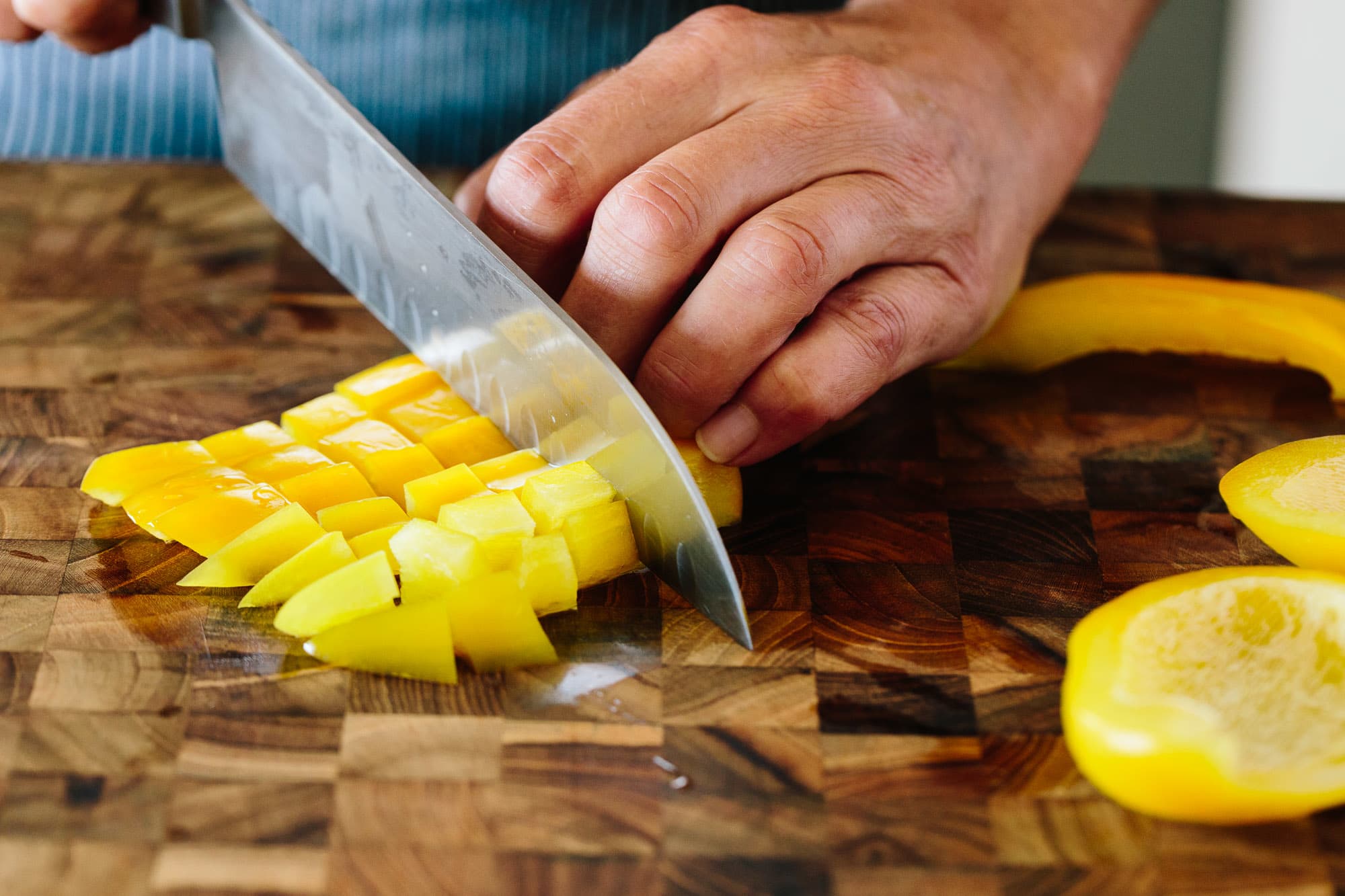If you've noticed fibers peeling off your valued bamboo cutting board during food prep, you might find yourself asking, Why is my bamboo cutting board shedding? For kitchen professionals, having reliable tools is non-negotiable. The shedding problem with bamboo boards can not only look unprofessional but may also pose risks to food safety. Let's dive deeper into the whys and hows, addressing everything from common causes to practical fixes.

Understanding Bamboo as a Material
Bamboo is often chosen for cutting boards because of its eco-friendliness, durability, and aesthetic appeal. Unlike plastic or even solid wood, bamboo is technically a grass, not a tree, which means it regenerates quickly and is incredibly sustainable. But its unique makeup also means that it behaves differently compared to other materials.
Key Characteristics of Bamboo
- Fibrous Structure: Bamboo has a pronounced fiber structure, which is why its lightweight yet strong. This also explains part of the shedding issue.
- Porous Nature: Bamboo boards absorb moisture more readily. Improper care could lead to splitting or shedding of fibers due to retained moisture.
While bamboo seems like an ideal choice for cutting boards, its unique fibers can shed if not maintained properly. Let's uncover why.
Why Is My Bamboo Cutting Board Shedding?
There are multiple reasons why your bamboo cutting board may start shedding fibers:
1. Poor Manufacturing Quality
Low-quality bamboo boards are often made with weaker adhesives, improper lamination, or thinner bamboo sheets. This compromises the board's structural integrity, making it susceptible to shedding before it should.
If youd like to learn more about the importance of selecting appropriate cutting boards for specific tasks, check out this article.
2. Overexposure to Water
Bamboo is a naturally porous material, so it will absorb water if left soaking. This weakens the fibers, causing them to detach from the surface. If you're washing your bamboo cutting board improperly, this could likely be the root cause of the problem.
3. Lack of Maintenance
Just like wooden boards, bamboo cutting boards require periodic oiling to retain their moisture and strength. Failure to condition the board with food-safe mineral oil can result in dry, brittle fibers that shed easily.
Learn more tips on maintaining customized kitchen boards from this piece.
4. Knife Marks and Wear
Bamboo boards can develop grooves and knife marks over time. These marks turn into hiding spots for loose fibers ready to detach. Regular sanding and oiling can prevent this.
What Can You Do to Prevent Shedding?
Kitchen professionals need tools that function flawlessly. Here are actionable steps to stop or reduce the shedding of your bamboo cutting board.
1. Regularly Oil Your Bamboo Cutting Board
Using food-safe oils prevents the bamboo fibers from drying out and becoming brittle. Consistent oiling is a proven solution endorsed by kitchen professionals. For steps on oiling your board correctly, check out this detailed guide.
2. Avoid Prolonged Contact with Water
Exposing bamboo to water for extended periods is a sure way to cause shedding and splitting. Always wipe your board dry immediately after washing.
3. Use Gentle Cleaning Tools
Harsh scrubbers or steel wool can intensify the detachment of bamboo fibers. Stick to soft sponges to keep your board in good condition.
4. Sand Down Rough Edges
If shedding has already started, sanding your board can help remove loose fibers and restore a smoother surface.
When Should You Replace a Bamboo Cutting Board?
If your bamboo board has deep gouges or splits and continues to shed despite repeated maintenance, you might consider replacing it. A compromised cutting board can harbor bacteria and create food safety concerns.
Check out cutting board alternatives for further insights.
FAQ Section
1. Why does my cutting board feel rough after washing?
Repeated washing without proper drying and oiling can cause the bamboo surface to dry out, leading to a rough texture and shedding. Regular maintenance prevents this.
2. Can I fix a shedding bamboo board?
Yes! Sand the surface lightly to remove loose fibers and follow up with a generous application of food-safe oil to strengthen the board.
3. Is bamboo better than wood for cutting boards?
Bamboo is more eco-friendly and sustainable, but it requires slightly more care to maintain its longevity compared to traditional hardwood boards.

Conclusion
For kitchen professionals, a shedding bamboo cutting board can be a nuisance. From manufacturing flaws to poor maintenance practices, understanding why your board is shedding is the first step to fixing it. By using quality bamboo boards and taking proper care, you can ensure your cutting board remains a reliable asset in your kitchen.
Looking for extra tips on proper cutting board care? Visit this expert guide.
This article contains affiliate links. We may earn a commission at no extra cost to you.






Leave a comment
This site is protected by hCaptcha and the hCaptcha Privacy Policy and Terms of Service apply.